A major new exhibition into the history of battlefield injuries and how they ushered in ground-breaking medical treatments opened at the Science Museum to coincide with the 100th anniversary of the Battle of the Somme.
Blesma members were among guests invited to the opening night of Wounded: Conflict, Causalities and Care that was officially launched by Dame Mary Archer and Falklands War veteran Simon Weston.
Trustees Philip Monkhouse, Colin Rouse and Will Dixon along with Support Officer Paul Findlay toured the exhibition which features early prosthetics and a range of medical innovations to treat casualties.
Curator Stewart Emmens consulted Blesma and met member Mark Ormrod during his exhaustive quest to source early examples of prosthetic arms and legs. A full feature on the exhibition is in the latest edition of the Blesma magazine.
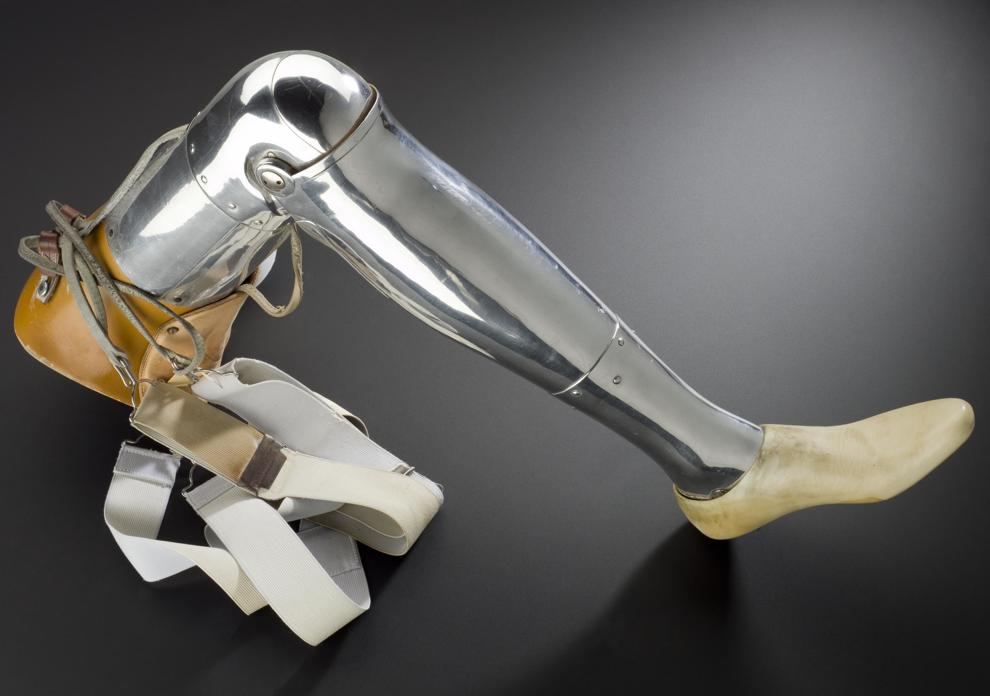
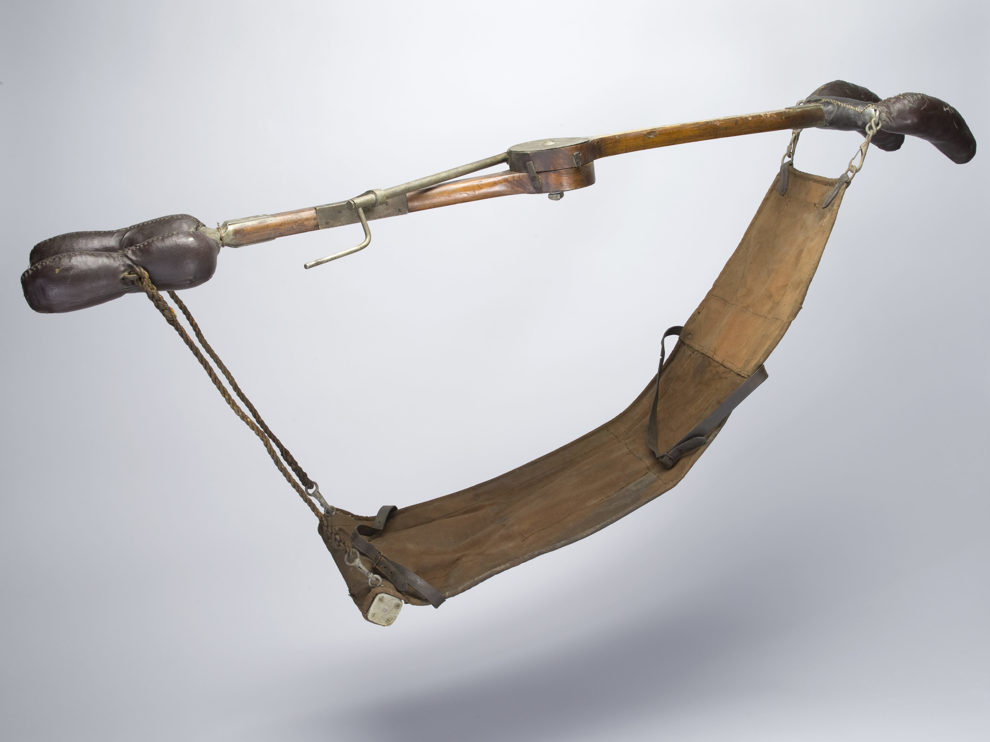
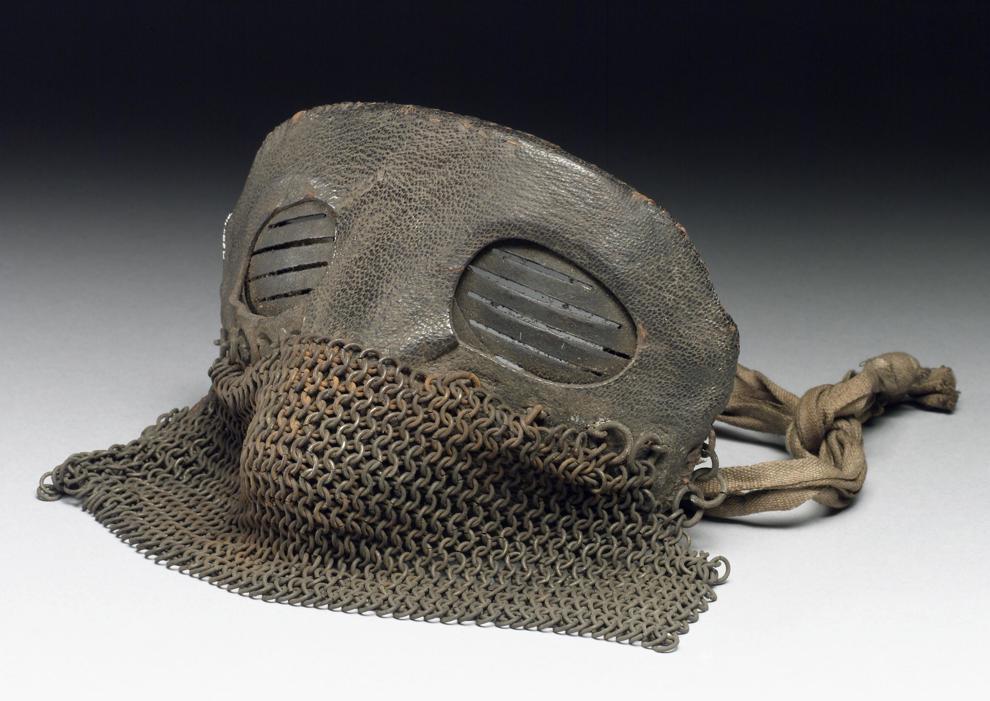
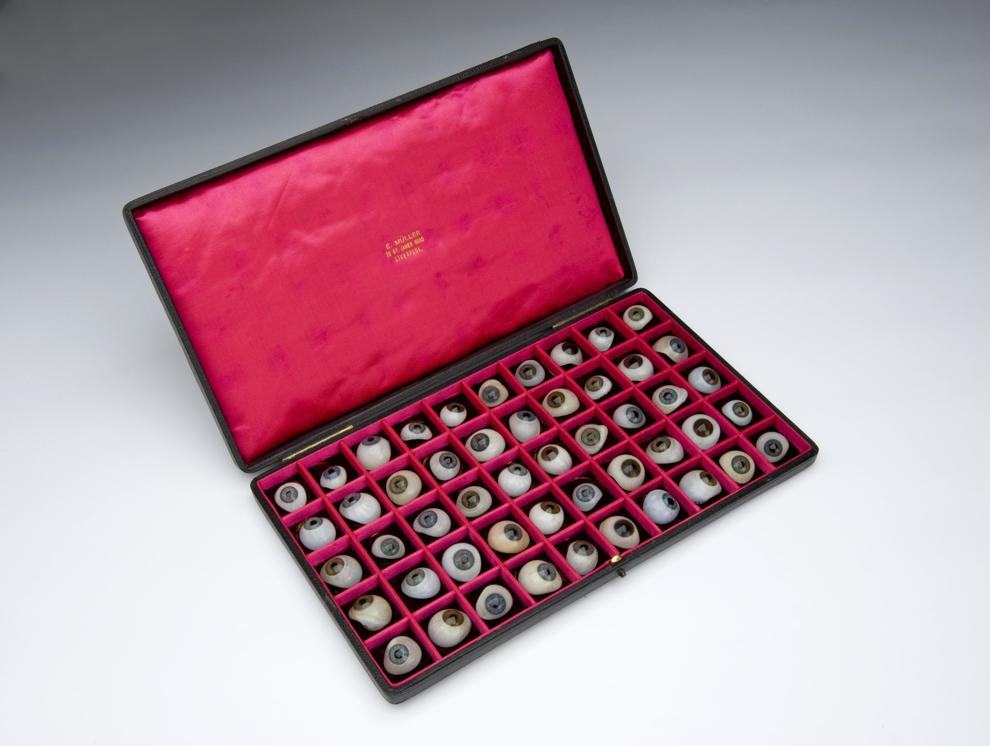
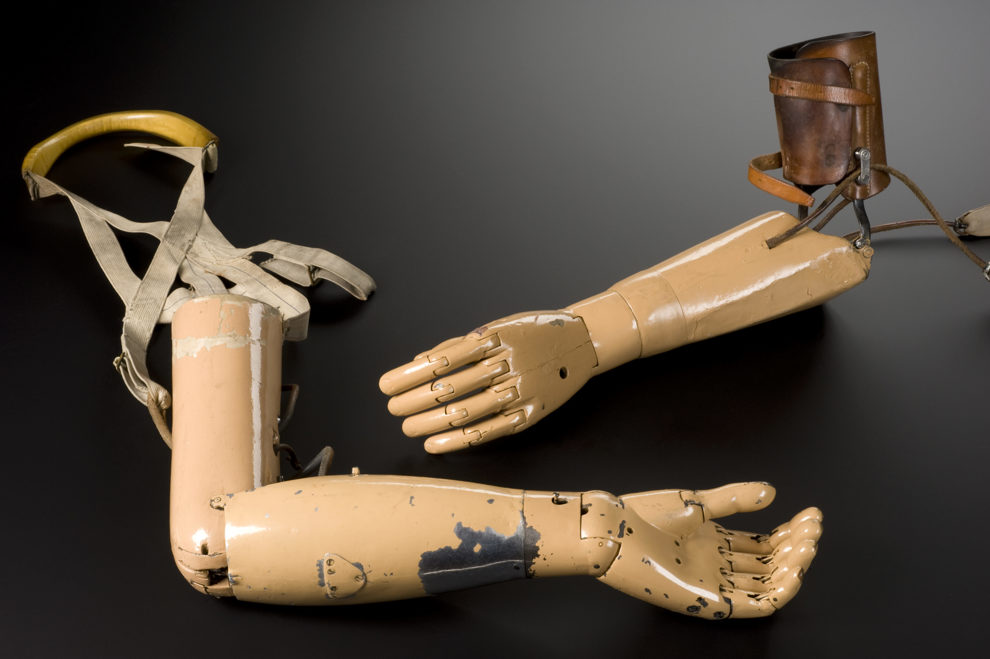
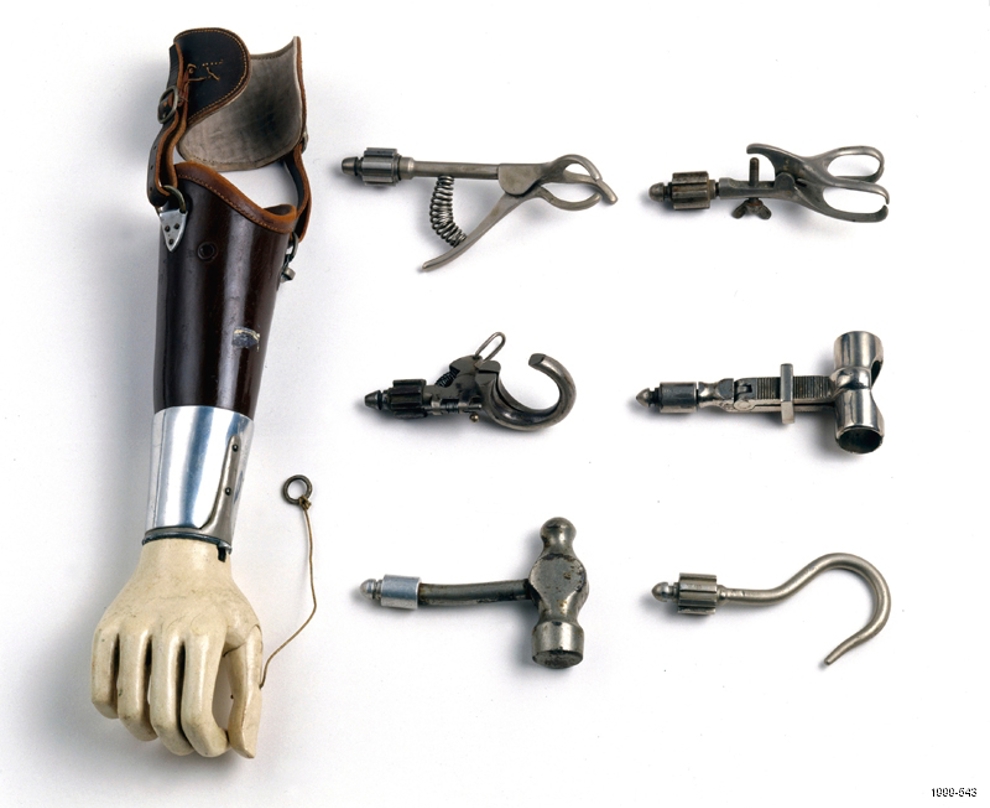
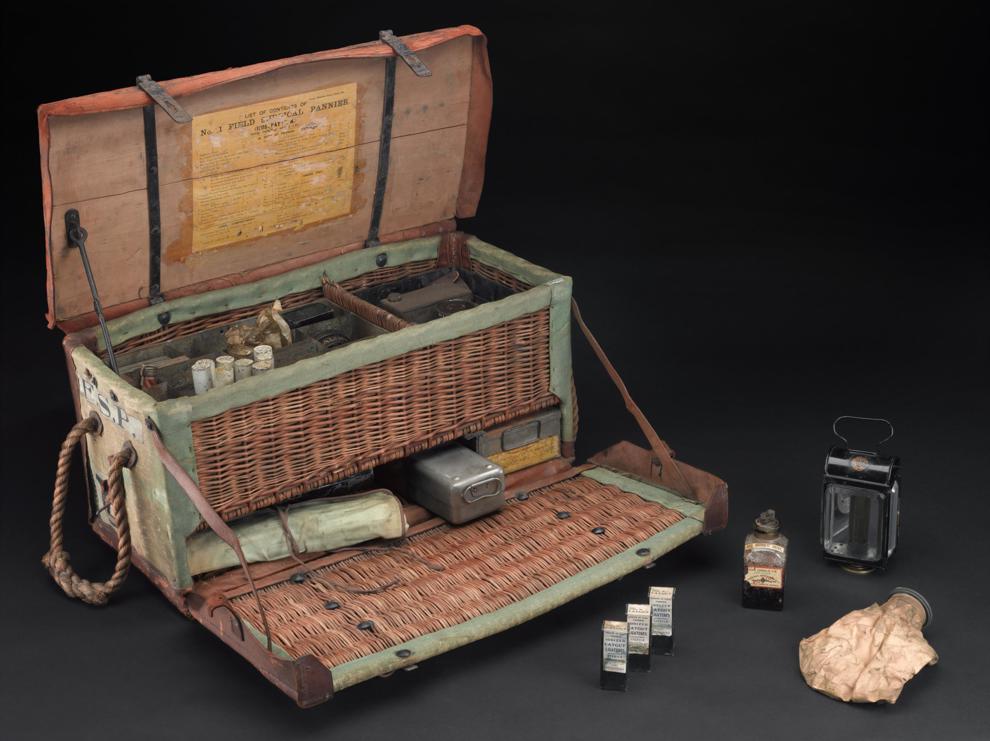
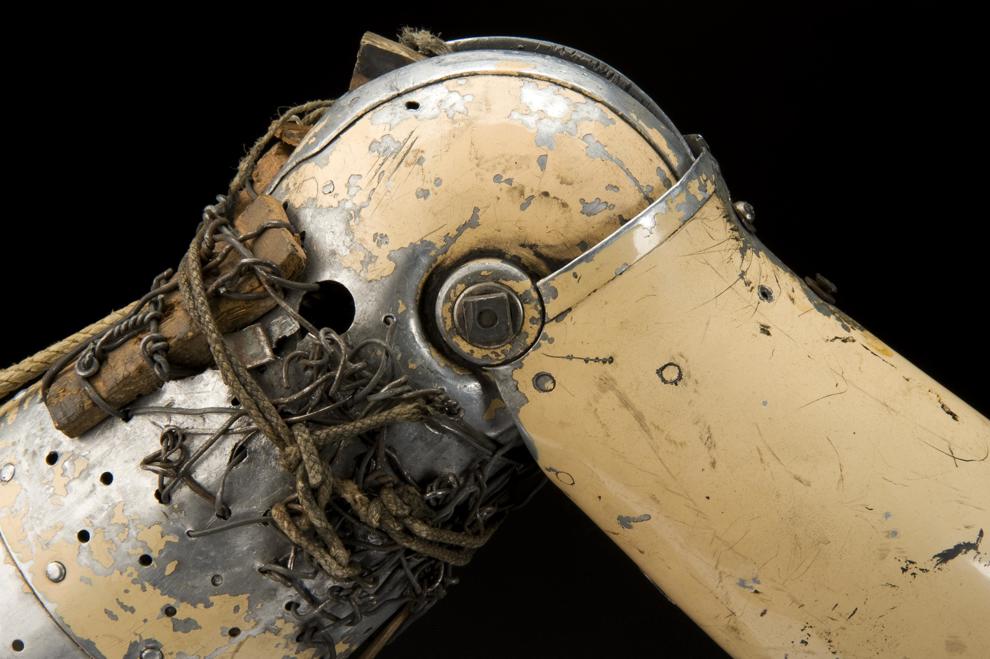
Wounded: Conflict, Casualties and Care is free to visit and open from Wednesday 29 June 2016 until early 2018.
We can help
We are dedicated to assisting serving and ex-Service men and women who have suffered life-changing limb loss or the use of a limb, an eye or sight. We support these men and women in their communities throughout the UK. Click the link below to find out the different kinds of support we offer.
Get Support
Leave a comment
Join fellow Members and supporters to exchange information, advice and tips. Before commenting please read our terms of use for commenting on articles.